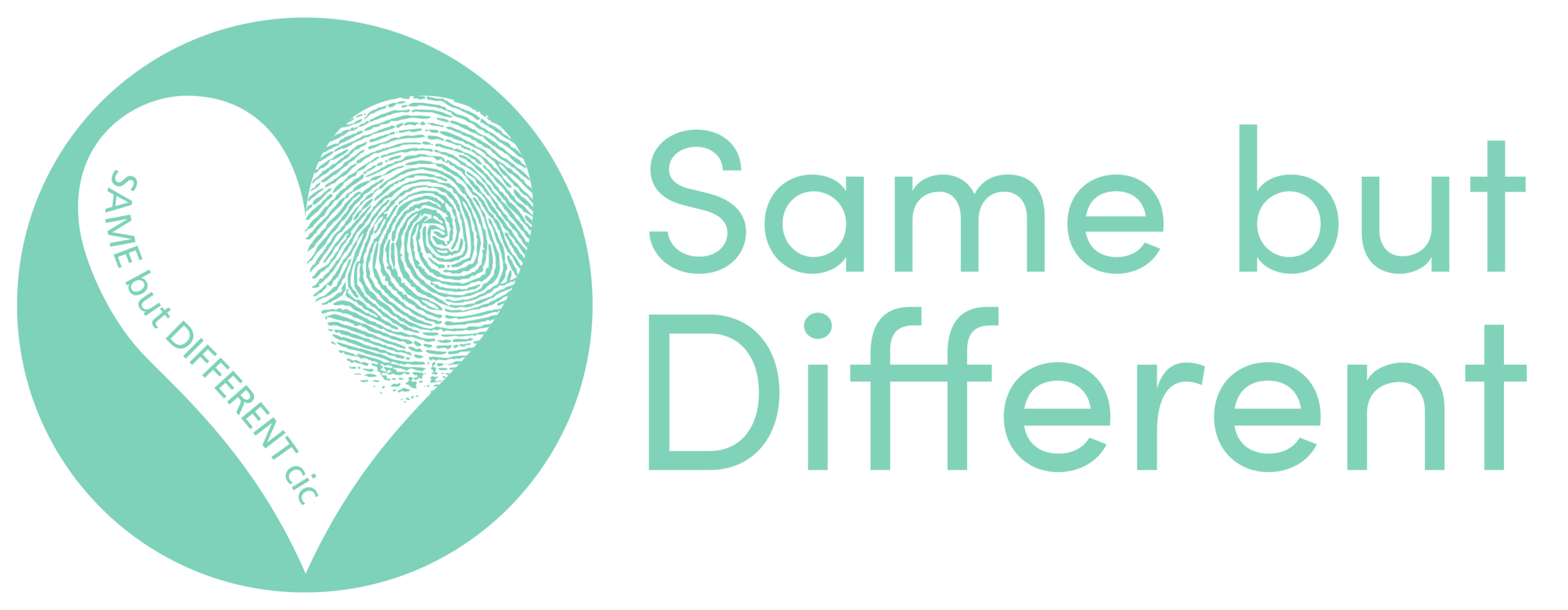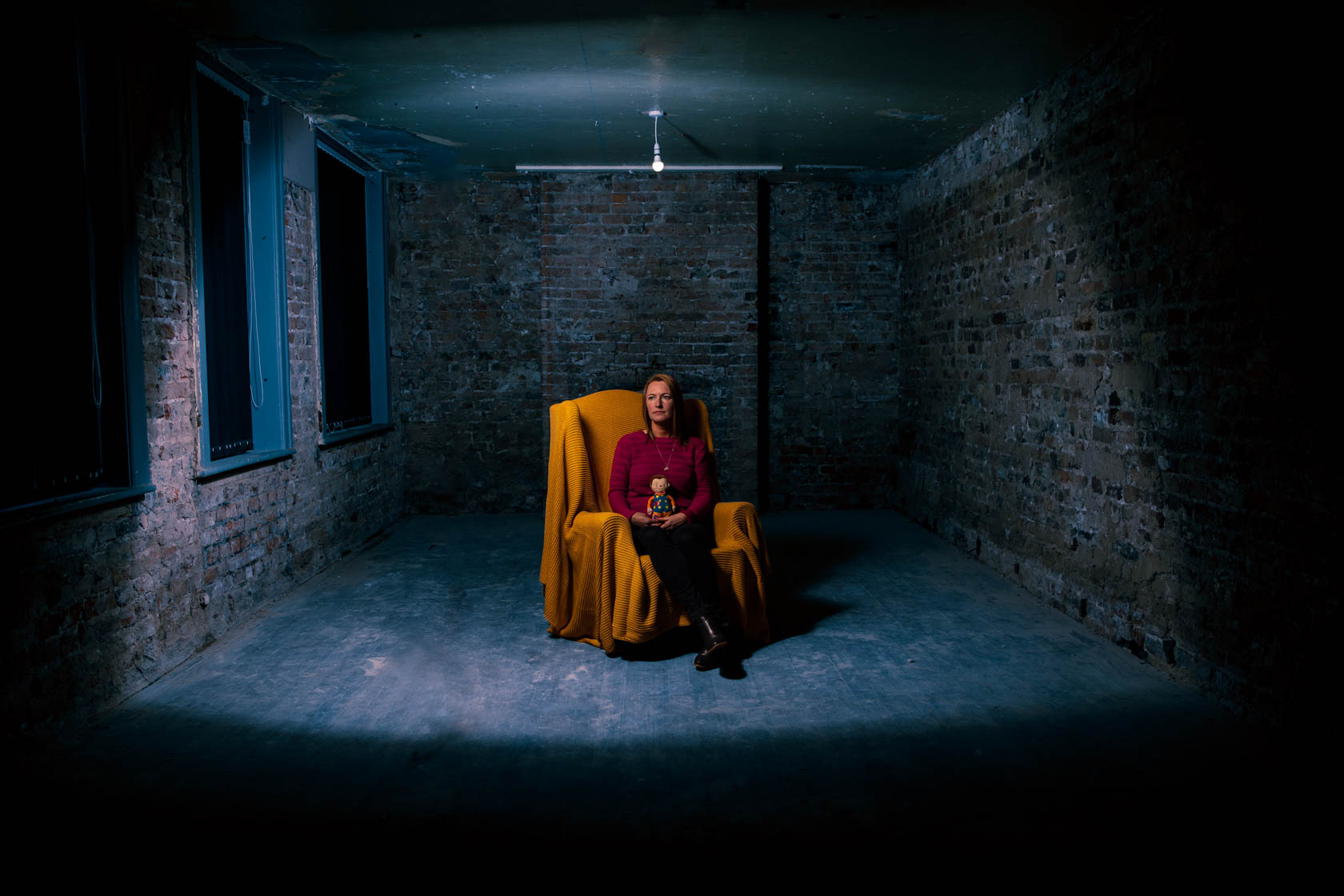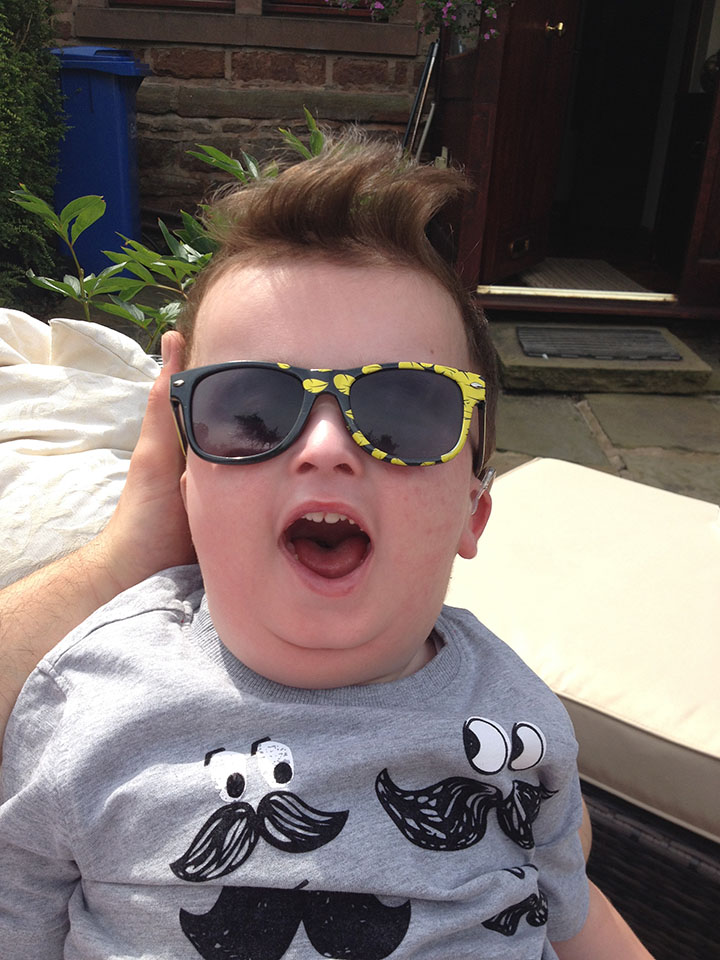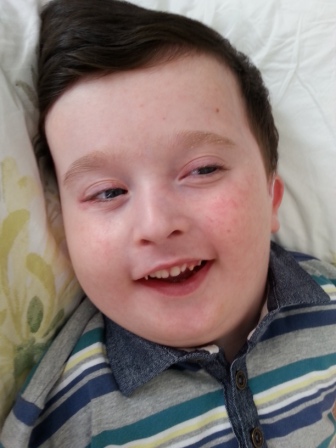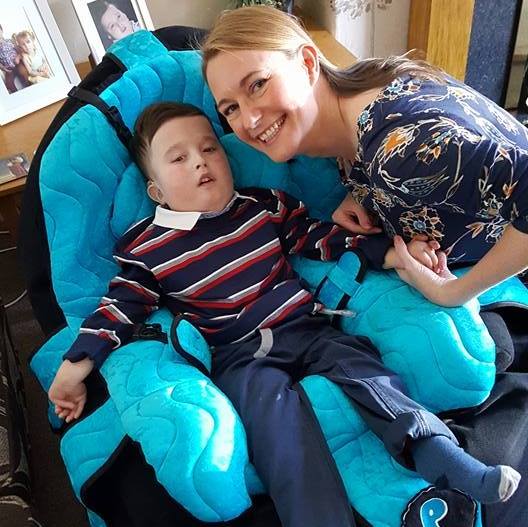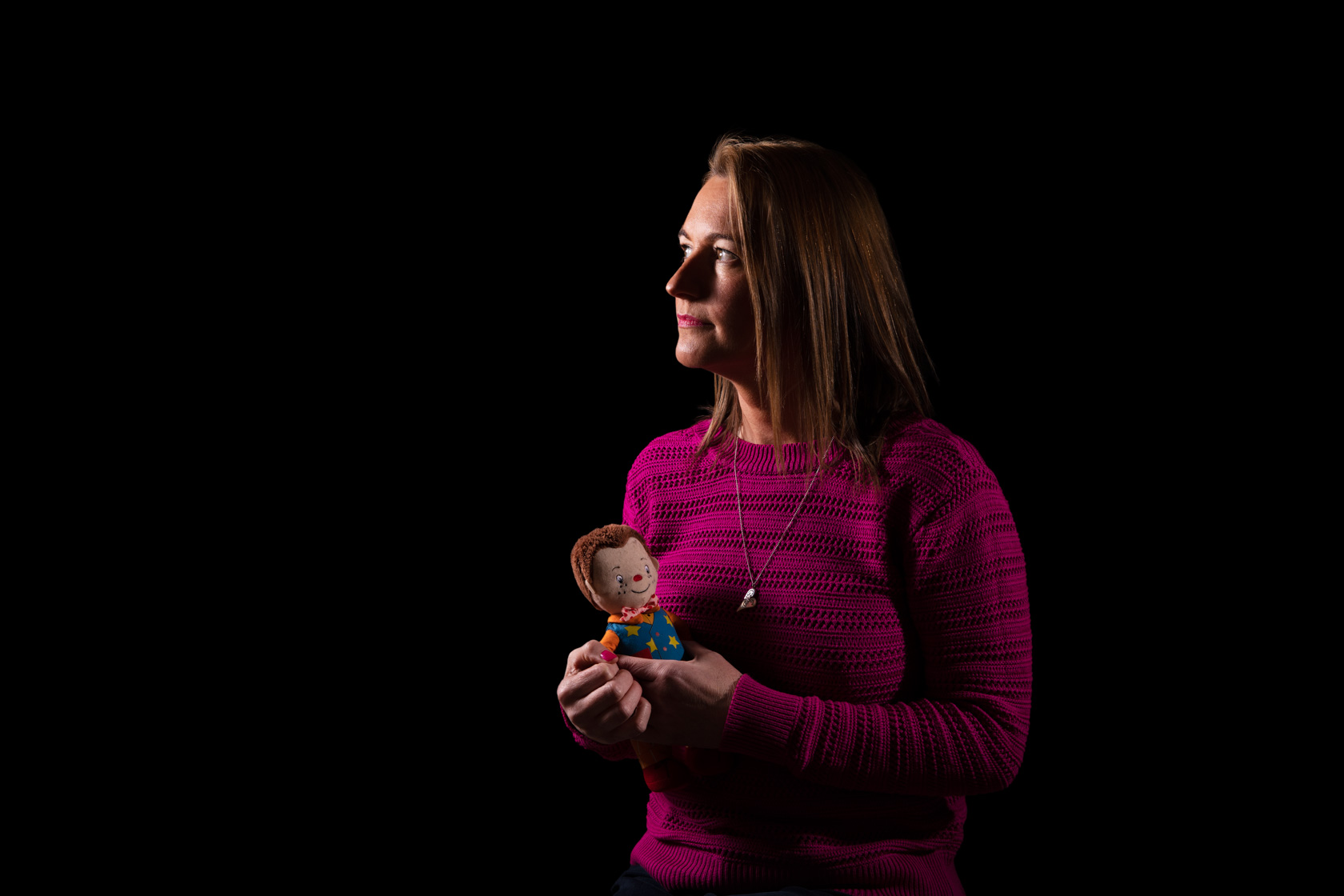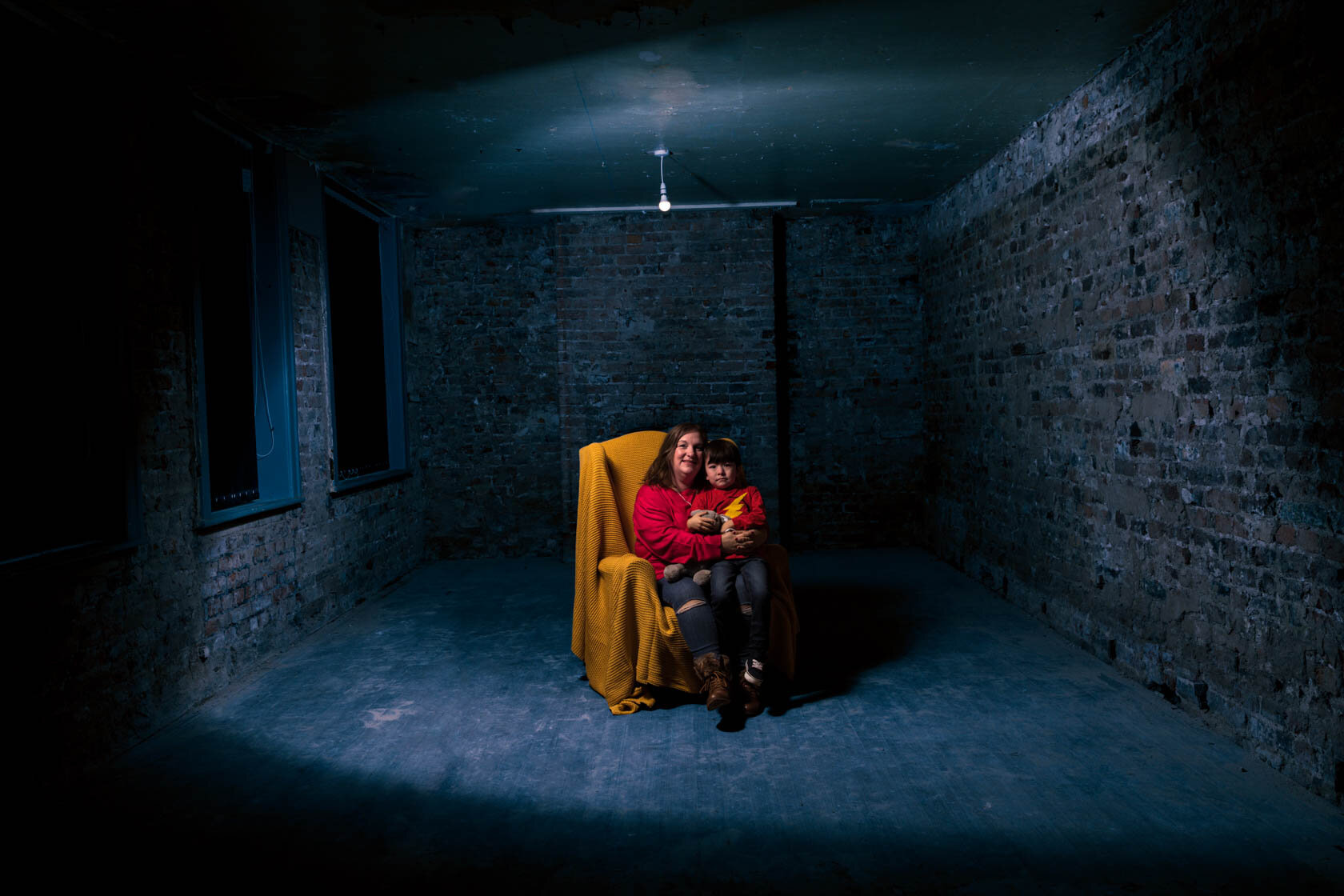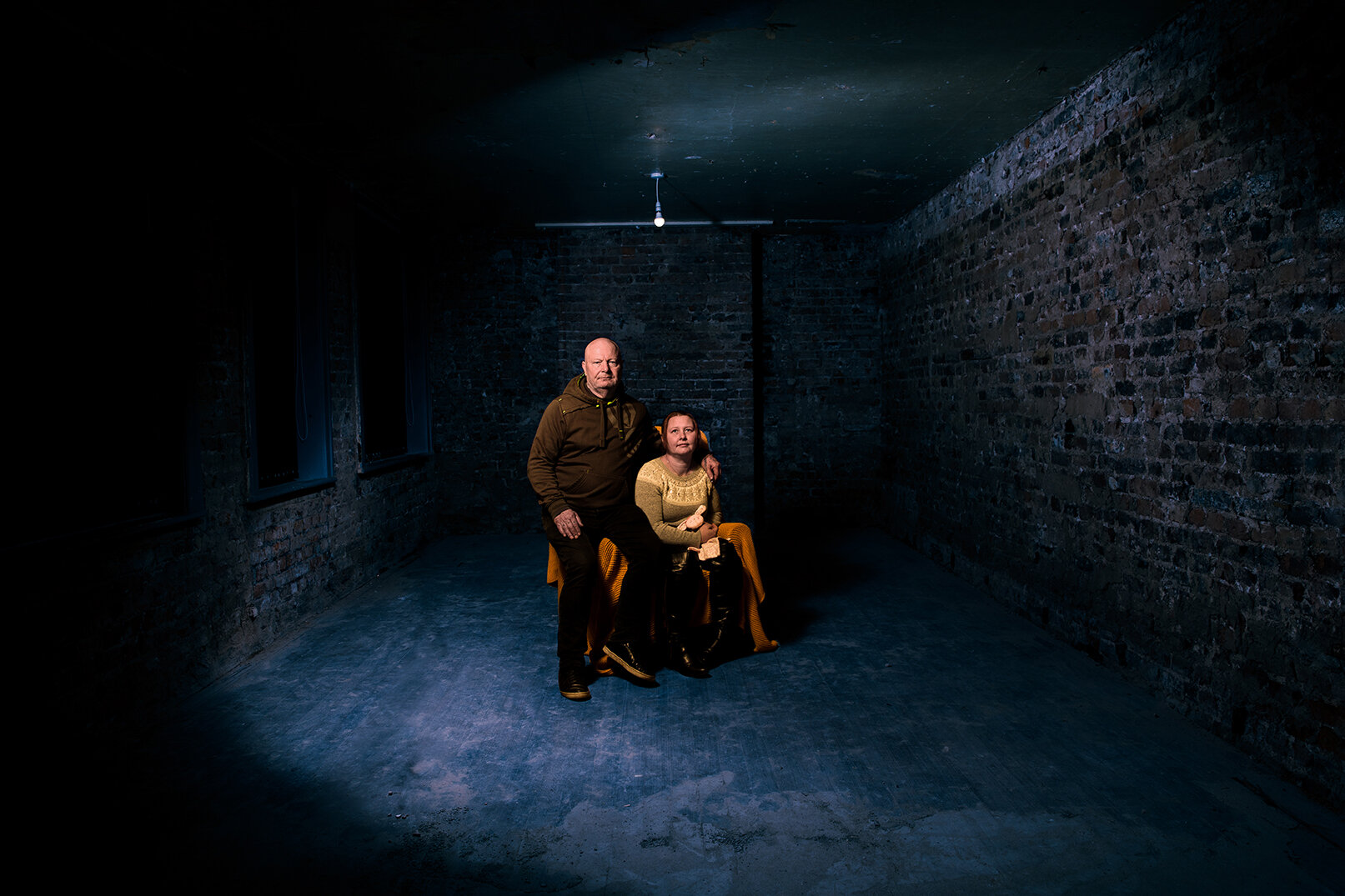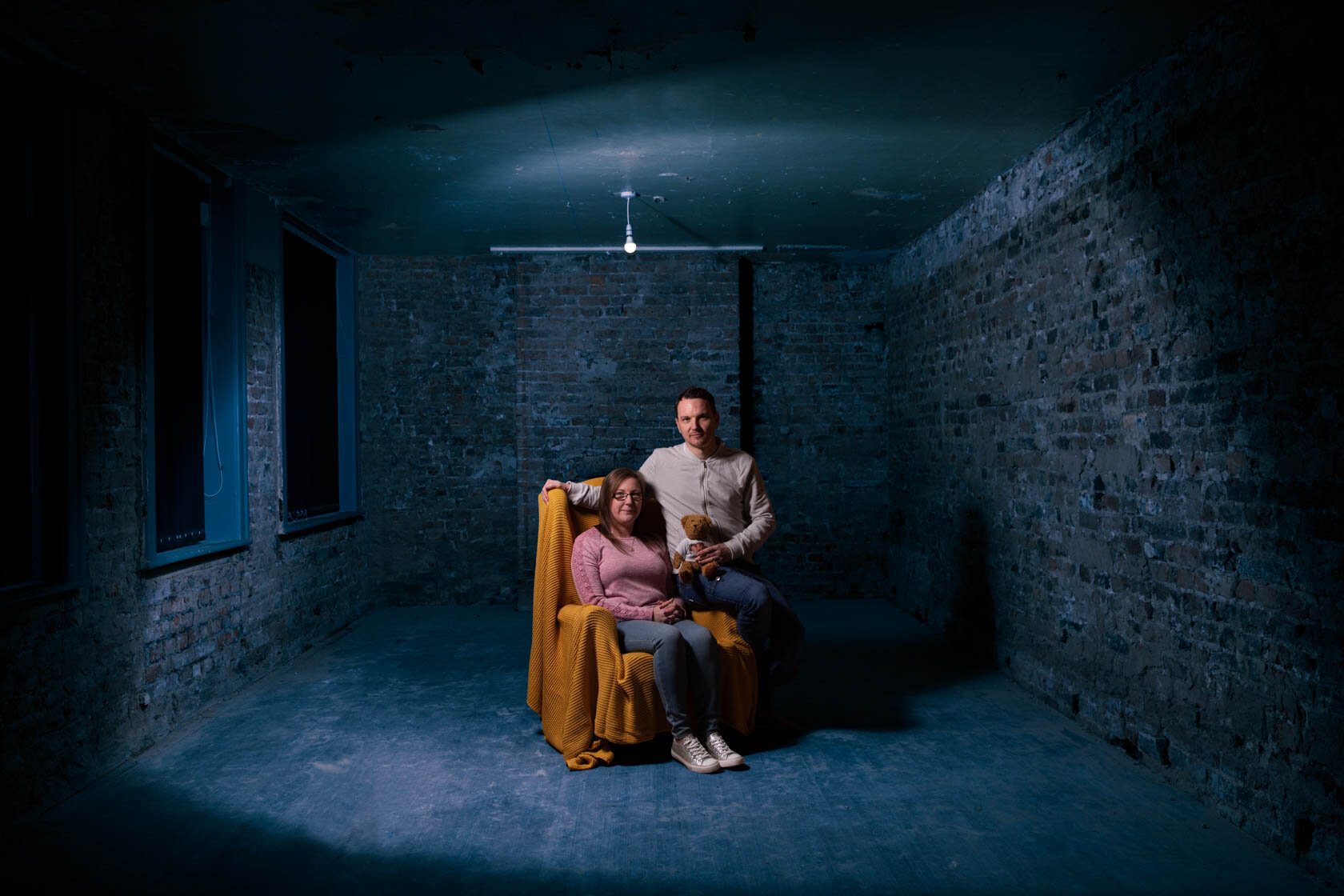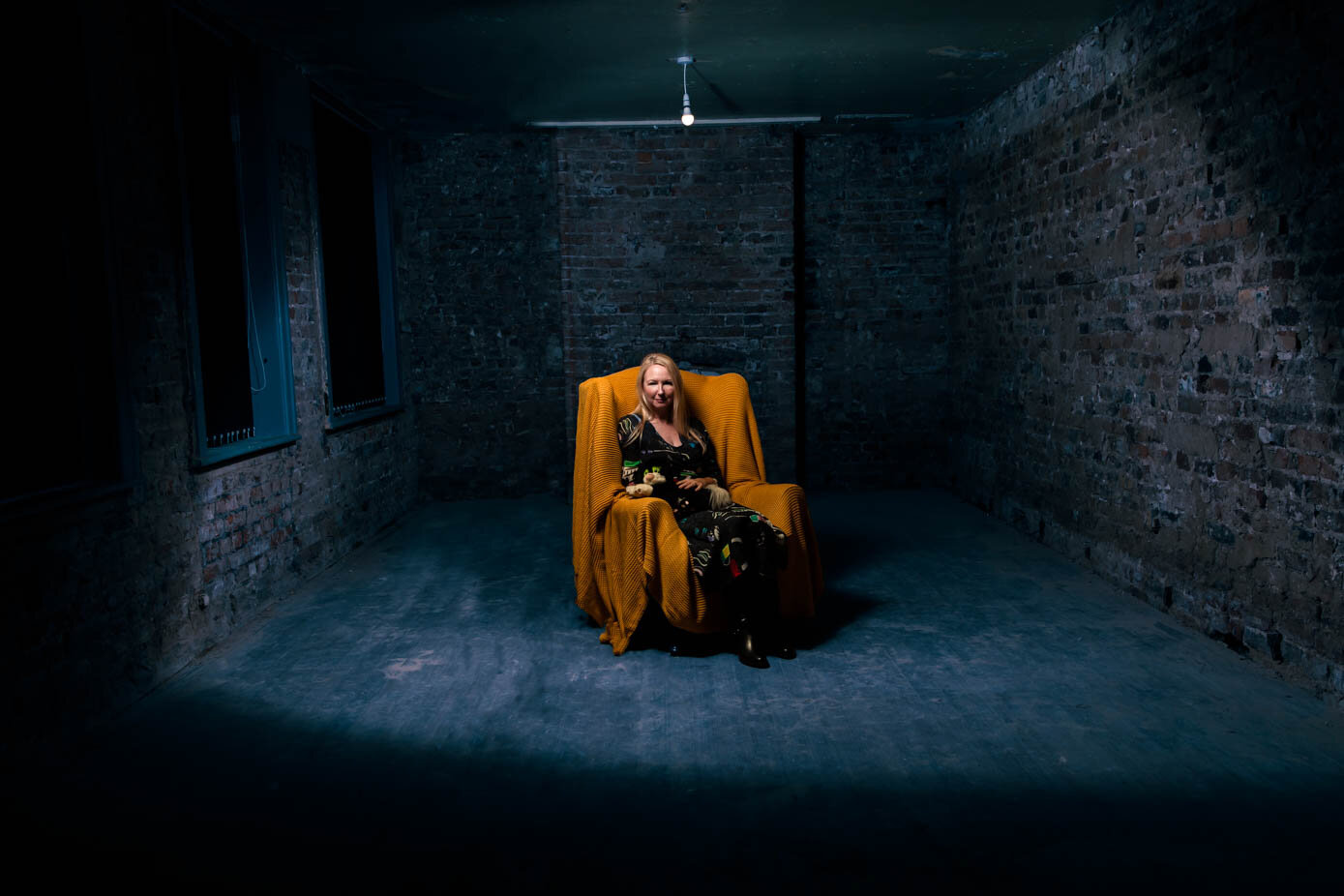Sebastian
“You have such love for your child. Even with that devastating news, I knew it wasn’t about me at all, it was about him and I knew he was going to have a short life but, for me as his mum, it was about making his life as happy as it could be, looking after him the best that I could and just doing whatever I could for him.”
30% of children diagnosed with a rare disease die before their 5th birthday. Their families feel isolated and often their loved ones simply do not know what to do or say to support them. This project was designed to start the conversation about child bereavement due to rare disease and highlight the need for more support for families. Georgina recently took the time to tell us about her son Sebastian.
“Sebastian was a cheeky little character and very smiley when he was happy. He went to school and enjoyed music and swimming. In his short life he went through a lot. In terms of the day to day, he could be happy smiley one minute and extremely upset and frustrated the next, but his cheeky character shone through and everybody loved him.
It was quite a stressful time going through the pregnancy. The 20 week scan identified potential problems with his brain and heart. We were sent for additional tests and though his heart was fine uncovered mild ventriculomegaly, extra fluid on his brain.
As the pregnancy progressed, that went back to normal and we were reassured that as the tests came back fine we were expecting a perfectly healthy baby boy.
When Sebastian was born, he did some jerky movements which raised concerns so he stayed in neonatal care for 10 days and had a brain scan. During that time they couldn’t find anything specific wrong with him but referred us to a paediatrician.
At two weeks old he was confirmed deaf. At this point we thought that whilst it was a difficulty, we could cope with it. There were lots of issues arising but no clear answers coming back. When you are a new mum you don’t know what to expect. You are on that steep learning curve and don’t know what is normal or not. I was completely unprepared for what was to come.
During that first year he was struggling to gain weight and wasn’t hitting any milestones. He didn’t have any head control and couldn’t sit up. He was in and out of hospital and had 220 medical appointments. In the back of our minds we knew there was something wrong, but didn’t know what. It was actually during a stay in hospital that some blood tests revealed he had a metabolic disorder but even being told that we did not understand the significance of what it meant.
Sebastian was diagnosed with neonatal adrenoleukodystrophy, which is part of the Zellweger spectrum a week before his first birthday. The consultant said he’d worked in genetics for 15 years, covering the whole of the north of England, and he had only ever seen a handful of cases.
The neurologist gave us the initial diagnosis explaining that Sebastian was going to be life-limited but he didn’t know about the condition, so he then had to refer us to genetics which took a couple of months. It was incredibly difficult and stressful to wait so long. We had no support and although he was life-limited wondered how long he would live for. Two months later we were told that his life expectancy would be no more than 5 years.”
“I went straight to my mum and dad and told them ‘I’ve got some terrible news, it’s really serious, he’s not going to live for very long and we’ve just got to do the best we can for him.’
You have such love for your child. Even with that devastating news, I knew it wasn’t about me at all, it was about him and I knew he was going to have a short life but, for me as his mum, it was about making his life as happy as it could be, looking after him the best that I could and just doing whatever I could for him.
The condition is degenerative and on the whole he was a very poorly little boy faced with increasing medical problems and disabilities. He was fed via a feeding tube, registered blind, wheelchair bound with a dislocated hip and the abilities he had slowly diminished over time. In between the times when he struggled, we tried to live as normal a life as possible and enjoy happy moments. I think we snatched them because we knew he wouldn’t be with us for very long. We tried to make those moments the best that we could, celebrating every achievement and each birthday.
If I would give any advice to another parent facing a similar thing it would be to seek out as much information as possible about your child’s condition and what support is available. We were given so little information and this led to mistakes by the professionals and limited what we could do as parents. I think social media really allows families to reach out to one another, and whilst conditions may not always be the same, you can get so much support from families who know what you are going through. For me, my local children’s hospice provided really good support but it is very much a case of you have to go out there and find the information and support.”
“I went straight to my mum and dad and told them ‘I’ve got some terrible news, it’s really serious, he’s not going to live for very long and we’ve just got to do the best we can for him.”
“Even though we knew Sebastian was life-limited, he had been doing well at the time of his death, it was a complete shock. He just chose his moment and stopped breathing unexpectedly. I was at work and he was with my sister, she phoned and said something’s not quite right. I rushed there within 10 minutes and as I walked through the door he just stopped breathing. She said he’d waited for me. We phoned an ambulance but he’d gone. It came as a total shock, out of the blue.
We always said that when he was ready to go, we’d have to accept that, but the reality was unbearable. We had written an end of life care plan but when the paramedics arrived they were ready to try and resuscitate him. At that point his heart had been stopped for 10-15 minutes. I had to make the decision to not resuscitate him. His body had had too much and it wouldn’t be fair on him to try such an invasive procedure. At the time, I was on the phone to his dad who initially was screaming down the phone to help Sebastian but we had previously taken an incredibly hard decision that in this situation we wouldn’t put Sebastian through it and we had to stay strong. You never think you will have to make these decisions as a parent.”
As part of this project we created sculptures of each child using photographs and 3D scanning technology
“It’s so hard to talk about it, but that’s why you need to tell the reality of it. It’s so unfair, but for me it was always about Sebastian not suffering. I almost feel like it was how he chose for it to happen, and in some ways preferable to a slow deterioration with him suffering further. He had struggled for years with his breathing, with pain and so many issues and I couldn’t bear to see him like that. At the end he was surrounded by people who loved him and didn’t appear to be suffering. He just stopped breathing, I was holding him and he passed away, and for me I would sooner it have taken place like that than him being confused and in pain for weeks and months in a hospital bed.
We met with his neurologist and community nurse afterwards to discuss what happened. They’re pretty certain that reviving him wouldn’t have been successful and if possible wouldn’t have been a good outcome as he had stopped breathing for so long and already had a number of serious medical complexities.
I didn’t want Sebastian to go, of course I didn’t, but it’s not about me and I wouldn’t want him to be here under those circumstances, without having a good quality of life.
I remember times when he was really happy, smiley and laughing, and I look back fondly on them. There was such intense love for him that I felt every single day because I knew one day he wouldn’t be here. I held him every day like it was his last because I knew that day would come, and we had so much love between us and that’s what I remember.
Getting through each day is difficult because it’s a totally different way of life. Sebastian had to be cared for 24 hours a day with a complex routine of feeds, medicines and personal care. I don’t have any other children and am back at work full-time, I just focus on getting up in the morning, getting through each day. I am a really positive person. I look at things with gratitude and I’m glad that I’m here, surrounded by friends and family. I look at all the positives but I miss him every day, I miss him every single day.”
Hear the other Stories
What is Neonatal adrenoleukodystrophy?
Neonatal adrenoleukodystrophy (NALD) is an inheritable disorder that affects multiple organs, including the adrenal glands and the white matter of the brain. Some of the symptoms for this disorder include seizures, hyperactivity, crossed eyes, paralysis, hearing loss, and muscular weakness. NALD belongs to the Zellweger spectrum
Zellweger spectrum disorder is a group of conditions that have overlapping signs and symptoms and affect many parts of the body. This group of conditions includes Zellweger syndrome, neonatal adrenoleukodystrophy (NALD), and infantile Refsum disease. These conditions were once thought to be distinct disorders but are now considered to be part of the same condition spectrum. Zellweger syndrome is the most severe form of the Zellweger spectrum disorder, NALD is intermediate in severity, and infantile Refsum disease is the least severe form. Because these three conditions are now considered one disorder, some researchers prefer not to use the separate condition names but to instead refer to cases as severe, intermediate, or mild.
Individuals with Zellweger syndrome, at the severe end of the spectrum, develop signs and symptoms of the condition during the newborn period. These infants experience weak muscle tone (hypotonia), feeding problems, hearing and vision loss, and seizures. These problems are caused by the breakdown of myelin, which is the covering that protects nerves and promotes the efficient transmission of nerve impulses. The part of the brain and spinal cord that contains myelin is called white matter. Destruction of myelin (demyelination) leads to loss of white matter (leukodystrophy). Children with Zellweger syndrome also develop life-threatening problems in other organs and tissues, such as the liver, heart, and kidneys. They may have skeletal abnormalities, including a large space between the bones of the skull (fontanelles) and characteristic bone spots known as chondrodysplasia punctata that can be seen on x-ray. Affected individuals have distinctive facial features, including a flattened face, broad nasal bridge, and high forehead. Children with Zellweger syndrome typically do not survive beyond the first year of life.
People with NALD or infantile Refsum disease, which are at the less-severe end of the spectrum, have more variable features than those with Zellweger syndrome and usually do not develop signs and symptoms of the disease until late infancy or early childhood. They may have many of the features of Zellweger syndrome; however, their condition typically progresses more slowly. Children with these less-severe conditions often have hypotonia, vision problems, hearing loss, liver dysfunction, developmental delay, and some degree of intellectual disability. Most people with NALD survive into childhood, and those with infantile Refsum disease may reach adulthood. In rare cases, individuals at the mildest end of the condition spectrum have developmental delay in childhood and hearing loss or vision problems beginning in adulthood and do not develop the other features of this disorder. (Source: US National Library of Medicine)
If you wish to discuss this project or reproduce any images or story, please contact ceri@samebutdifferentcic.org.uk. The photographer on this project is Ceridwen Hughes (www.ceridwenhughes.com) except for the child photos which were kindly supplied by the parents.
